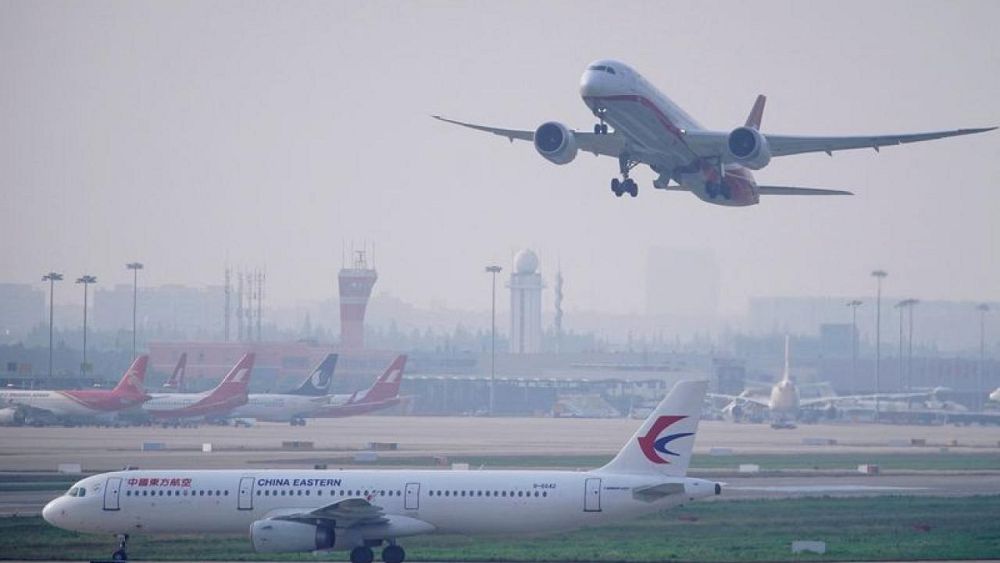
By Tim Hepher and Joanna Plucinska
DUBLIN – Financiers at the centre of a $200 billion industry underpinning airline fleets are meeting in Dublin this week, gambling that China’s decision to free travel will accelerate their recovery from a pandemic downturn, while warning of a shortage of jets.
Three years after the spread of COVID-19 grounded thousands of airliners, demand for air travel is booming again, boosted by Beijing’s decision last month to unwind its zero-COVID policies.
In a report on Monday, the world’s second-largest aircraft leasing company, Chinese-owned Avolon, predicted global traffic would return to pre-pandemic levels as early as June this year – months earlier than most in the industry have predicted.
The International Air Transport Association, which represents global airlines, is predicting full recovery in 2024.
“After a 70% recovery in passenger traffic last year led by … Europe and North America, Asia will drive growth in 2023, helped by the recent reopening in China,” Avolon said.
Data so far suggests Chinese are resuming travel ahead of the Lunar New Year, despite worries about infections after Beijing ended curbs last month, with passenger traffic jumping to 63% of 2019 levels since the annual travel season began.
Others are not so upbeat.
“Airlines are not dramatically increasing their frequency to China. It’s going in the right direction but … it’s going to take some time,” said aviation adviser Bertrand Grabowski.
The crippling impact of COVID-19 saw dozens of airlines go out of business and wiped billions of dollars off balance sheets.
HIGHERFARES, LEASERENTALS
In a sharp reversal, the industry’s biggest worry now is getting hold of enough of narrow-body jets, which are the most widely used, to meet demand as battered supply chains delay new aircraft deliveries.
On top of that, severe bottlenecks in maintenance, repair and overhaul (MRO) plants are frustrating efforts to keep existing jets in regular service or get others out of storage.
“The bottom line is MRO; they are totally full,” Grabowski said, adding that stored aircraft needed extensive checks.
In public, airlines and leasing firms have deplored delivery delays and are seen likely to press aircraft makers for compensation.
Privately, many airline executives acknowledge the shortages have allowed them to hold air fares higher to help replenish balance sheets, cushioning them against fears of a recession.
The same is true of aircraft rentals charged by lessors, some of which have on average risen by double-digit percentages over the past 12 to 24 months for a variety of reasons, according to Rob Morris, global head of consultancy at Ascend by Cirium.
At the same time, a slew of macroeconomic concerns is keeping delegates on edge ahead of the annual Dublin conferences hosted by Airline Economics and Airfinance Journal this week.
Inflation is driving up aircraft parts and prices, while raising questions over the resilience of travel demand.
With interest rates racing higher to combat inflation, leasing companies must pay significantly more to service the large debts inherited from a multi-year plane ordering boom.
All airlines face volatile oil prices, and those in most emerging markets face a steep rise in the cost of dollars needed to pay for aircraft rentals and fuel.
All this is happening while the industry is figuring out how to implement and pay for pledges to reach net-zero emissions by 2050.
This week’s gathering of more than 2,000 financiers, lessors, investors, airline bosses and manufacturers will spawn hundreds of private meetings to whip up financial backing for newly delivered aircraft or to find new homes for old ones.
It is an annual rite for the specialist and mainly Ireland-based industry pioneered by the late leasing tycoon Tony Ryan, whose empire rose and fell between the 1970s and 1990s only to be rebuilt under the current market leader, AerCap.
Overall, more than half of the world’s airline fleet is controlled by global leasing companies rather than owned directly by airlines.
